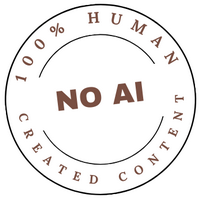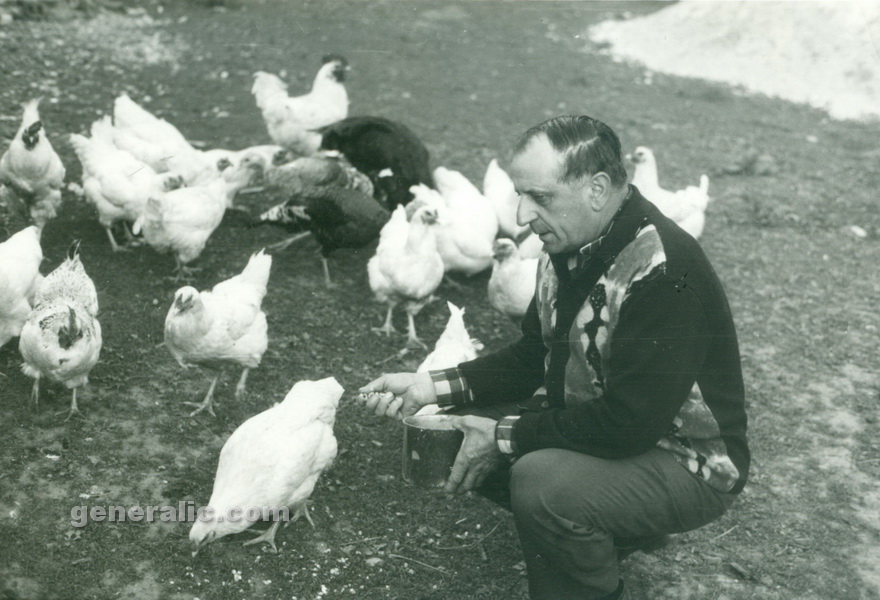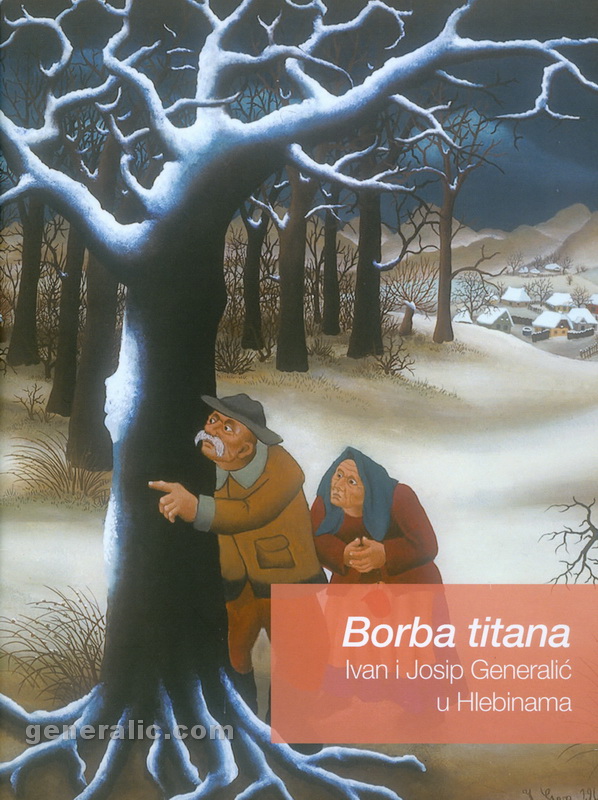Technique
o
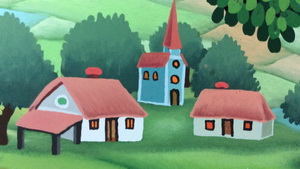 Q: What is oil on glass painting?
Q: What is oil on glass painting?
A: Reverse painting on glass is the most popular painting technique in Croatian naive art, beside painting on canvas and sometimes wood.
It’s an art form consisting of applying paint to a piece of glass and then viewing the image by turning the glass over and looking through the glass at the image.
A popular term in Europe in Germany is Hinterglasmalerei.
- More about this technique: https://en.wikipedia.org/wiki/Reverse_glass_painting
o
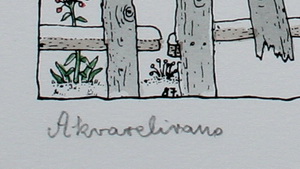 Q: What is watercoloured serigraphy/graphic?
Q: What is watercoloured serigraphy/graphic?
A: Each serigraphy (silkscreen or screen print) was printed in black and white (drawing only in most cases; in some cases, certain colours may be printed as well) and then manually watercolored by the author. Such work is thus unique because it was coloured by hand. Artworks may be similar (same art with similar colours) but they simply can’t be exactly the same because they were coloured by brush and by hand.
These are not serigraphies printed in full colour (all are the same) and numbered.
- More about this technique: http://en.wikipedia.org/wiki/Screen_printing
o
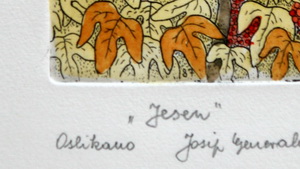 Q: What is watercoloured etching?
Q: What is watercoloured etching?
A: Each etching was printed in black and white (drawing only) from a copper plate and then manually watercolored by the author. It is thus unique because it was coloured by hand. Artworks may be similar – same drawing with similar colours – but they simply can’t be identical because they were coloured by brush and by hand.
This technique distinguishes it from other prints by having an”edge” you can see and feel.
- More about this technique: http://en.wikipedia.org/wiki/Etching
o
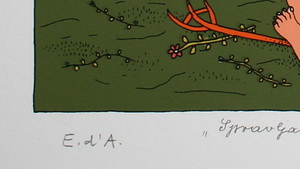 Q: What is serigraphy in colour?
Q: What is serigraphy in colour?
A: Each serigraphy (silkscreen or screen print) was printed in colour and numbered or marked with “E.d’A.” or “Autorski primjerak”
- More about this technique:
http://en.wikipedia.org/wiki/Screen_printing
o
Q: What is photolithography?
A: Each photolithography was printed in colour and numbered.
- More about this technique: https://en.wikipedia.org/wiki/Photolithography
Q: What is “E. d’A” or “Autorski primjerak” instead of numbering?
A: E.d’A or Épreuve d’artiste, is the French word version for artist proof. Usually, an artist receives or keeps 10-15% of an edition for his own use. These impressions are called artist’s proofs (AP, A.P., épreuve d’artiste) and are in addition to the numbered edition.
- More about this (see Numbering): http://en.wikipedia.org/wiki/Edition
o
